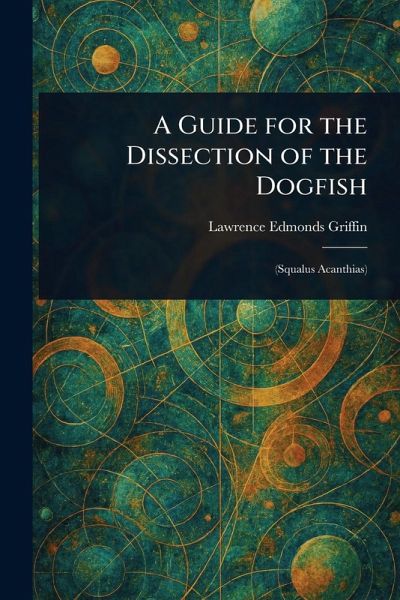
A Guide for the Dissection of the Dogfish
Versandkostenfrei!
Versandfertig in über 4 Wochen
15,99 €
inkl. MwSt.
Weitere Ausgaben:

PAYBACK Punkte
8 °P sammeln!
"A Guide for the Dissection of a Dogfish (Squalus Acanthias)" by Lawrence Edmonds Griffin offers a detailed laboratory manual for the study of fish anatomy. This historical text provides a comprehensive dissection guide to the squalus acanthias, commonly known as the dogfish. Intended for students and researchers alike, the book meticulously outlines procedures for dissecting and understanding the intricate systems of this fascinating marine animal. A valuable resource in the field of ichthyology, this guide explores the anatomy and physiology of fishes through hands-on instruction. Its clear ...
"A Guide for the Dissection of a Dogfish (Squalus Acanthias)" by Lawrence Edmonds Griffin offers a detailed laboratory manual for the study of fish anatomy. This historical text provides a comprehensive dissection guide to the squalus acanthias, commonly known as the dogfish. Intended for students and researchers alike, the book meticulously outlines procedures for dissecting and understanding the intricate systems of this fascinating marine animal. A valuable resource in the field of ichthyology, this guide explores the anatomy and physiology of fishes through hands-on instruction. Its clear and concise instructions make it an essential tool for anyone interested in zoology and comparative anatomy. Whether you are a student of science or a curious enthusiast, this dissection guide provides a window into the complex world beneath the waves and will enhance your understanding of fish anatomy through careful observation. This work has been selected by scholars as being culturally important, and is part of the knowledge base of civilization as we know it. This work is in the public domain in the United States of America, and possibly other nations. Within the United States, you may freely copy and distribute this work, as no entity (individual or corporate) has a copyright on the body of the work. Scholars believe, and we concur, that this work is important enough to be preserved, reproduced, and made generally available to the public. We appreciate your support of the preservation process, and thank you for being an important part of keeping this knowledge alive and relevant.





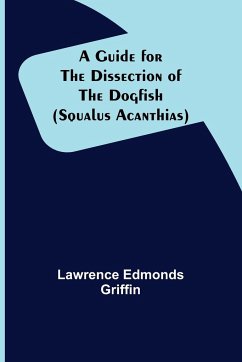
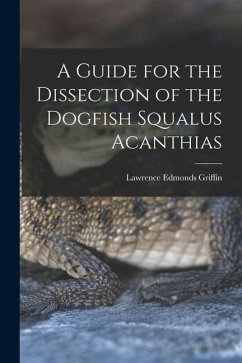
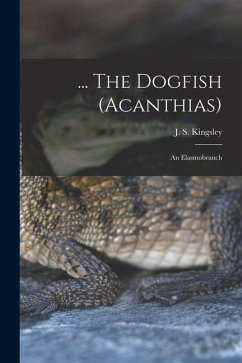
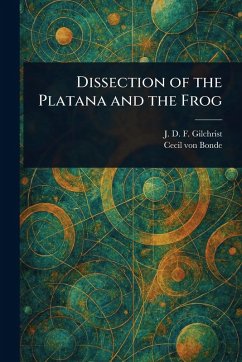
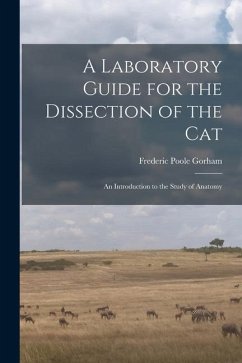
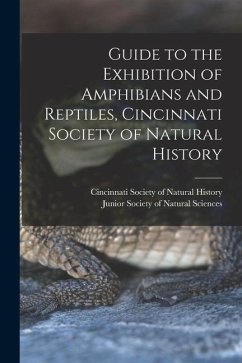
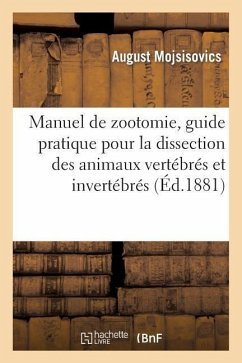
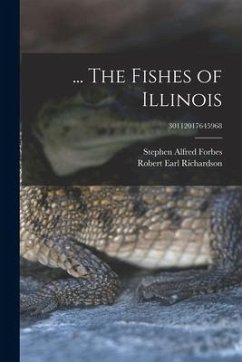
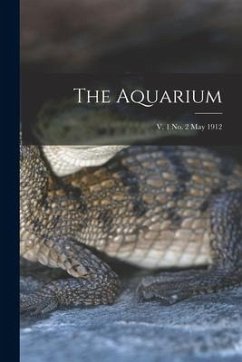
![Studies on the Blood of Amphibia [microform] Cover Studies on the Blood of Amphibia [microform]](https://bilder.buecher.de/produkte/66/66149/66149324n.jpg)